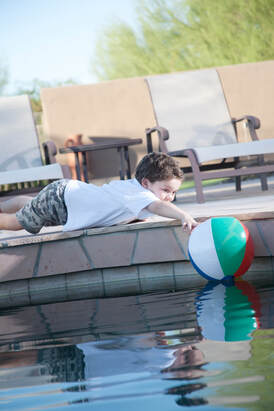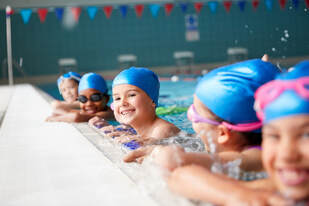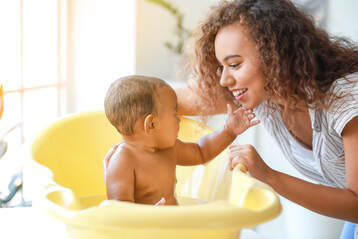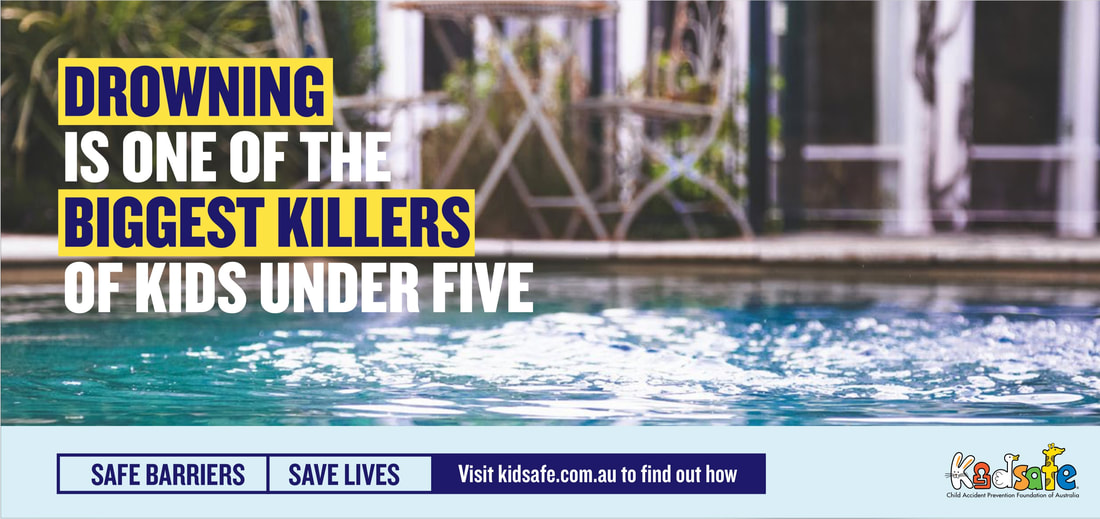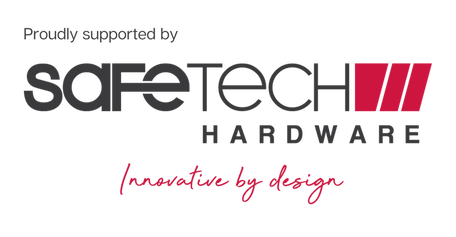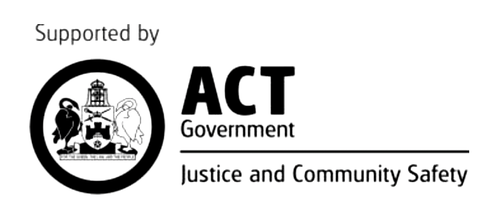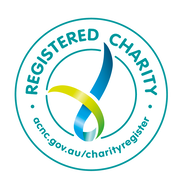Water Safety
The most common cause of death through injury to young children is drowning. Young children can drown quickly, quietly and in as little as a few centimetres of water. An adult should be within arm's reach whenever a child is in or near water.
Safe Barriers Save Lives
When it comes to backyard pool safety, the best offence is a good defence
Despite significant reductions in toddler drowning deaths over time, drowning continues to be one of the leading causes of accidental death for Australian children under 5 years of age. Statistics from the Royal Life Saving Society of Australia’s National Drowning Report show that in 2018/19, 19 Australian children aged 0-4 years drowned. The majority of these drowning incidents (63%) occurred in swimming pools.
While pool and spa barriers can be effective in reducing the risk of drowning incidents, evidence suggests that a large number of drowning deaths are the result of barriers that are faulty, or non- compliant with Australian standards.
Kidsafe’s ‘Safe Barriers Save Lives’ campaign urges all pool and spa owners to check their barriers and set their backyard pool defence to assist in keeping children safe in and around water. The campaign features a series of humorous skits with parents employing an over the top defence and celebrations while playing backyard sporting games with their children, to remind families that when it comes to backyard pool safety, ‘the best offence is a good defence’.
Despite significant reductions in toddler drowning deaths over time, drowning continues to be one of the leading causes of accidental death for Australian children under 5 years of age. Statistics from the Royal Life Saving Society of Australia’s National Drowning Report show that in 2018/19, 19 Australian children aged 0-4 years drowned. The majority of these drowning incidents (63%) occurred in swimming pools.
While pool and spa barriers can be effective in reducing the risk of drowning incidents, evidence suggests that a large number of drowning deaths are the result of barriers that are faulty, or non- compliant with Australian standards.
Kidsafe’s ‘Safe Barriers Save Lives’ campaign urges all pool and spa owners to check their barriers and set their backyard pool defence to assist in keeping children safe in and around water. The campaign features a series of humorous skits with parents employing an over the top defence and celebrations while playing backyard sporting games with their children, to remind families that when it comes to backyard pool safety, ‘the best offence is a good defence’.
Never leave children alone around water and make sure that an adult is within arm's reach at all time. If you must leave the area, take the child with you.
|
Supervision and Skills
|
OUTDOORS
- Pools and spas should be fully enclosed by a fence with a self-closing, self-latching gate that is never propped open. Fences should not provide footholds for children to climb.
- Remove objects or plants that children could use to climb over and access the pool or spa area.
- Use non-slip flooring around pools and spas and keep the area clear of toys and furniture that children can trip on.
- Store toys and pool equipment out of the pool. Put them away after use to stop children from falling in when trying to get them out of the pool or enclosure.
- Fit strong wire mesh over water features and ponds to prevent children falling into the water.
- Store containers such as eskies, buckets and portable pools upside down or on their side so they don’t fill with water when it rains.
- Keep a CPR chart within the pool area at all times.
- Avoid putting barbeques and furniture in the pool or spa enclosure.
When children are in or near water always actively supervise them within arms reach.
INDOORS
|
HOW ACCIDENTS CAN BE PREVENTED
STEP 1 – Spot the hazards
STEP 2 – Decide how to deal with the hazard.
When dealing with other hazards, otherwise:
STEP 3 – Make the changes
STEP 2 – Decide how to deal with the hazard.
When dealing with other hazards, otherwise:
- Removing the hazard is the best option where possible (i.e. put the bath plug up high and out of reach)
- Guard against the hazard by installing and using gates and barriers (i.e. put a safety gate at the laundry entrance)
- Lock or block the hazard by using safety products to restrict or remove access to the hazards (i.e. tap covers to prevent taps accidentally being turned on by children)
- Actively supervise within arms reach when there are hazards you are unable to remove, guard or block against (i.e when visiting other peoples houses)
- Never depend on telling children not to do something.
STEP 3 – Make the changes
- Once you have decided how to deal with the hazard, do it straight away. You will feel more relaxed and children will be able to play more safely.
- Combine any barriers you put in place with adult supervision and education.

